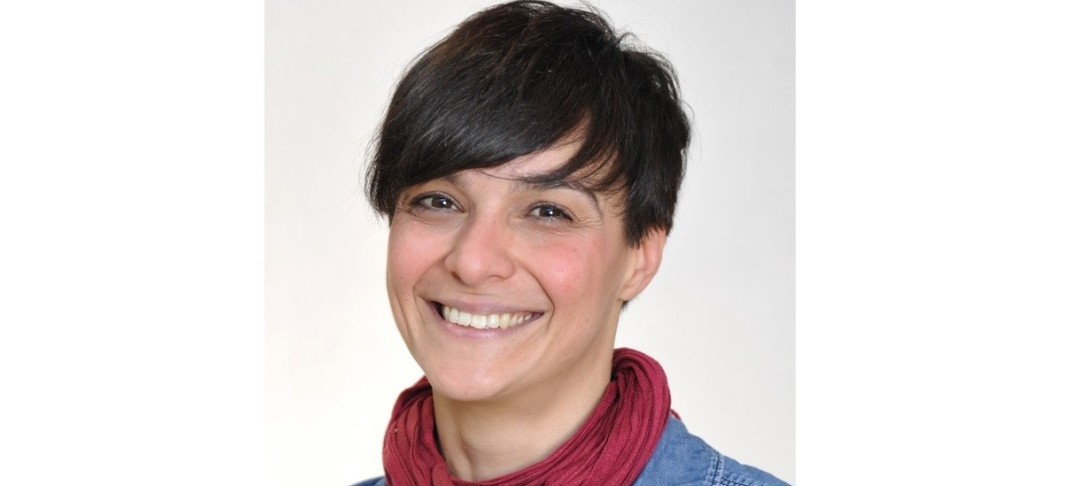
Bottom-up engineering of bioinspired active systems for biological activity
In nature, the self-assembly of biopolymers and motor proteins in the complex intracellular environment
leads to interesting emergent behaviour that is crucial for cellular organisation and motility. Reducing
the complexity of these subcellular processes to a tractable set of basic building blocks is a fascinating
experimental challenge for the study of fundamental biological mechanisms.
An example of such self-organisation is the rhythmic bending of cilia and flagella that promotes fluid
transport or propels swimming organisms. We study the mechanical interplay of ciliary components by
analysing a minimal synthetic system consisting of one or two microtubules and different types of motor
proteins.
Alongside the investigation of synthetic cilia, we also focus on microtubule-motor protein active
networks. By combining passive components that produce entropic forces and extensile and contractile
forces exerted by motors, the networks exhibit nematic organization. The evolution of the system over
time is particularly interesting and unique. It undergoes 3D to 2D transition, wrinkling pattern formation,
and active turbulence.
These minimal synthetic structures can serve as new model systems for the quantitative understanding
of fundamental questions about biological functions.


